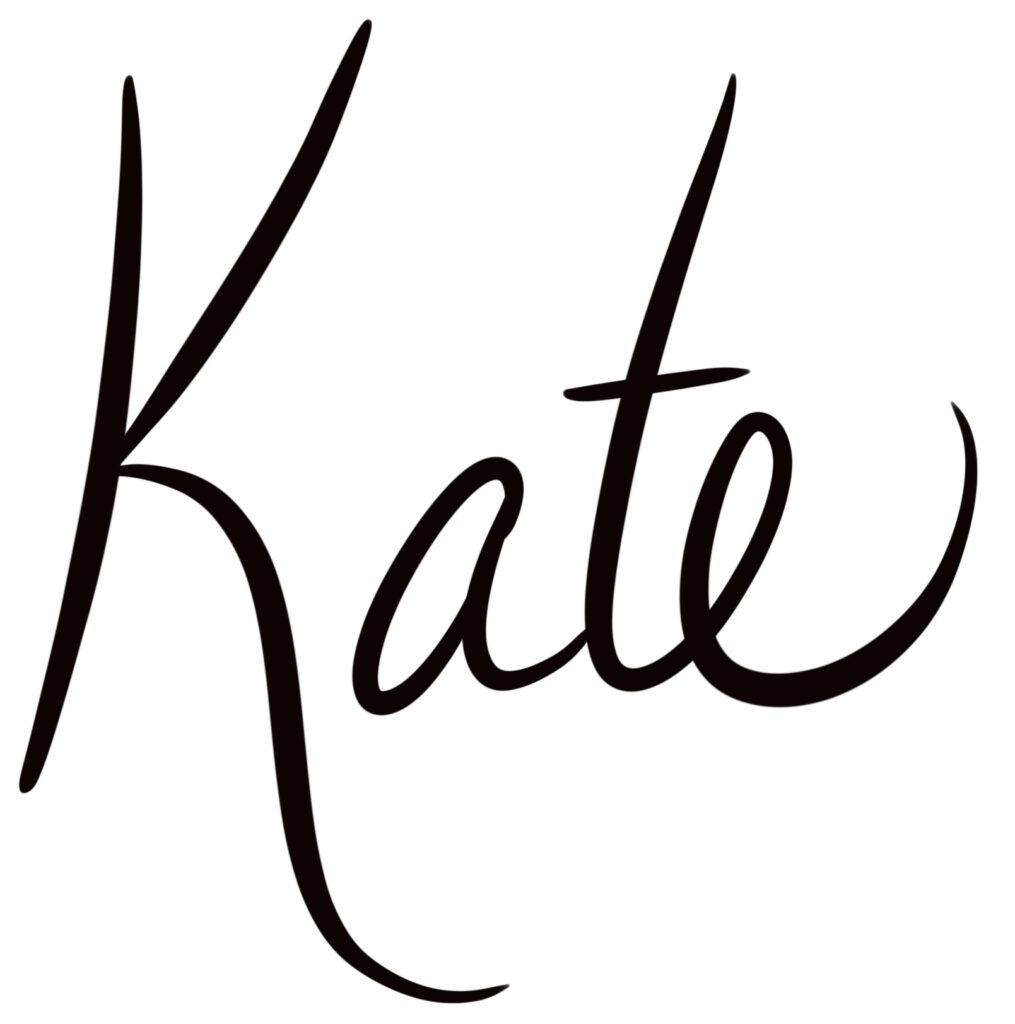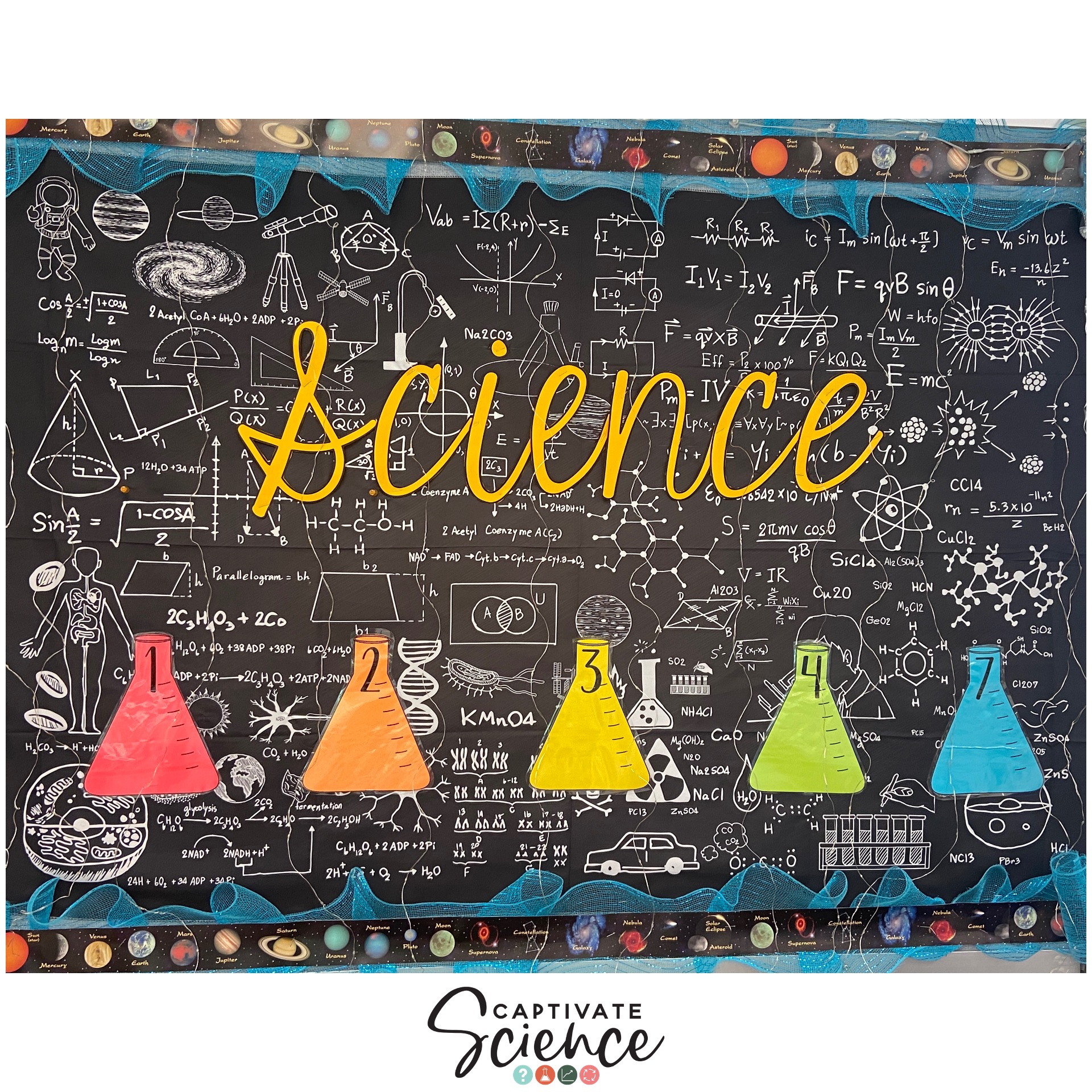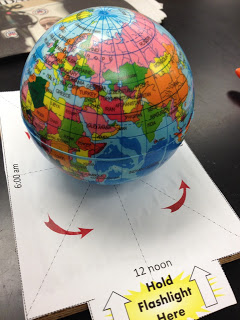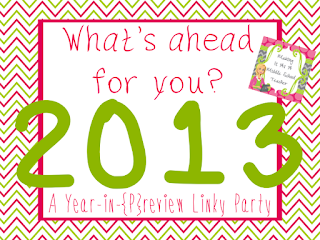 |
Engaging students with science models has long been at the cornerstone of quality science instruction, but could we be doing
even more to improve visual literacy in our science classes? Read on to learn more about how visual learning strategies and specifically doodle notes can improve science instruction in your classroom.
Visual Learning
recognize, appreciate, and understand information presented through visible actions, objects and symbols” there is bound to be improved learning in all content areas. So are we doing enough to teach this skill?
Science teachers know the importance of practice, imagery and patterns when helping our students grasp concepts. So it’s no surprise that our daily instruction involves interactive notebook templates, card sorts, task cards, video clips and visual games that target these memory tools and work to keep students engaged along the way. But what about using another visual approach to make meaning and promote memory of science content?
“less is more” study showed that pictures and short descriptions proved more effective in reaching students than a full-text approach to
teaching science.
You are probably aware of the recent trend in coloring for improved memory, learning and even for stress relief. So it likely comes as no surprise that recent research is backing the idea that doodling can help our students better connect with the content we are teaching.
Setting Expectations: academic doodling vs. everyday doodling
Academic doodling, everyday doodling or a little of both? For my own sanity in managing a class of 27 teenage doodlers I think it makes sense to encourage the former. Doodling has long been associated with inattention, and let’s face it- despite all the latest research, in a middle school classroom sometimes doodling is just that! So it got me to thinking…Can I teach my students HOW to doodle to support their learning?

I suggest talking with your students about doodling. This free student booklet walks students through doodle techniques that will help them benefit from the process. Share the benefits and discuss how setting some goals and guidelines will ensure that it will be a productive learning tool. This chart might also help with your discussion, OR your students might be able to come up with their own anchor chart to post in the classroom!
Ready to Get Started?
Here are some ways to get started with academic doodling:
- Activate prior knowledge with a flash doodle.
Have students doodle a picture on a post-it note that represents their background knowledge on a topic (for example phase change). Remind them that it will not be collected for a grade! Keep in mind that drawing can be intimidating for some kids so it is important to not take grades for these types of doodle tasks.
- Incorporate doodling and coloring into traditional note-taking.
A small picture and a little color can enhance science notes and make them more memorable for students. Try keeping text concise by adding more visuals when modeling notes for the class. Think out loud about your drawing or how you use color to emphasize key ideas. Here are some everyday examples of how this looks:
- Use whiteboard doodle breaks.
- Use Printable Visual Notes. (AKA DOODLE NOTES, SKETCH NOTES)
This Layers of the Earth Doodle creates layers for organizing information, chunking essential science ideas together.
Doodle Notes use carefully-chosen GRAPHICS to improve ASSOCIATION between CONCEPTS
This food chain doodle uses a simple, yet carefully arranged chain of circles that shows how energy moves UP the food chain. This visual structure provides room for descriptions and examples to support understanding of this essential ecology concept. Using shapes that relate to concepts (like the sun, carbon dioxide and water) can also prove helpful when students are studying.
For example, this Earth, Sun, Moon doodle doodle note lists the topics from left to right by size. Since many students struggle with the size and distance relationships in space, presenting them in this order may improve student recall.
Doodle Notes have MANY CLASSROOM APPLICATIONS. They can enhance your existing pre-teaching, initial instruction, practice or assessment. They also are a “print and go” differentiation and remediation tool.
Note: It is important to select (or create) a doodle note page that is good match for YOUR students and their needs. Be sure to look at previews and descriptions carefully when looking for pre-made versions. The best, most beautiful doodle notes page is only a valuable learning tool if it is selected for the right group of students at the right time!
Some example doodle notes pages:
This weathering doodle note summarizes the topic with lots of examples of both physical and chemical forms, so it makes a great test review sheet. The file includes a version with less info and more blank space so you can pick the one that best matches your students. (Some teachers are using the different versions for differentiated review.)
Doodle Notes/Visual notes are a tool that teachers can use to improve visual literacy and science content understanding. Are they a good fit for your classroom?
Here are a few posts to check out…
Doodle Notes for Education- (The Math Giraffe)
Keep Calm and Doodle ON!






















